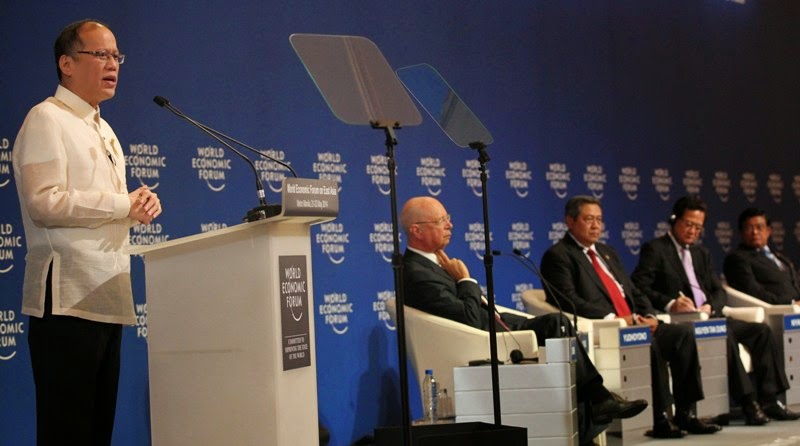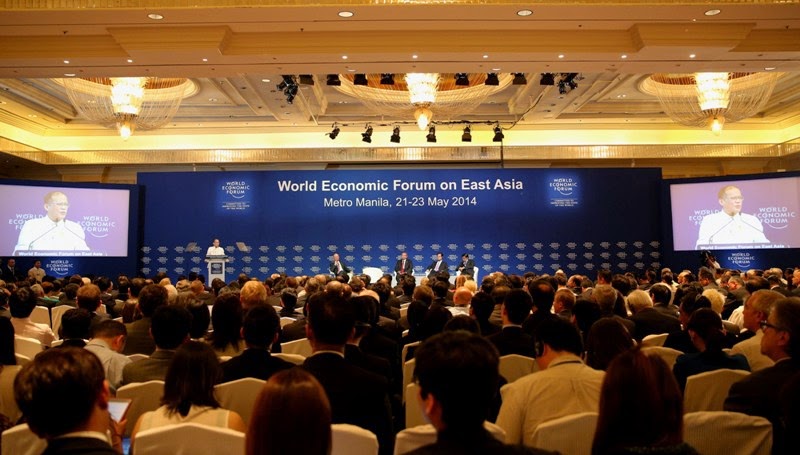
MANILA (Mindanao Examiner / May 22, 2014) – The Center for Women’s Resources
has reacted sharply over President Aquino’s statement on the economic progress of the Philippines before foreign leaders and delegates to the 23rd World Economic Forum in Makati City.
It said Aquino’s account account of economic progress is a blind spot where the real image is not seen or displayed. “More of a blind spot rather than a bright spot,” it said in reaction to Aquino’s claim that the Philippines is “Asia’s bright spot” because of the rising economy.
Aquino cited the United Nations population projections that by 2015 the Philippines will be hitting a “demographic sweet spot” that will last for the next 35 years and said countries that experience such conditions would post an average yearly growth of 7.3% over the next 10 years.
He said the government is poised to take full advantage of the situation having made strategic investments in education and skills training to equip the country’s future workforce.“Good governance is good economics, and the results of our reforms on the economic end are proving us right,” Aquino said, adding the local economy grew by 7.2% making it one of the fastest growing countries in Asia.
“The so-called inclusive growth due to a 7.2% GNP in 2013 did not trickle down to the majority of the people. Rather, it only gives a steady profit for the rich. The poverty incidence remains high at 25.2 per cent while the richest 50 Filipinos get 25 per cent of the P12-trillion of the country’s GDP. That’s the essence of Mr. Aquino’s bright spot,” Cham Perez, CWR’s research coordinator, said in a statement sent to the regional newspaper Mindanao Examiner.
She added that being a consistent top ten in WEF’s Global Gender Gap report since 2006 and ranking fifth in 2013 does not mean a better condition for Filipino women. She said the Gender Gap Report considered four fundamental categories in rating the countries – economic participation and opportunity, educational attainment, health and survival, and political empowerment.
“Although these categories are considered, the report only measures gaps, outcome variables, and gender equality rather than the internal bases of making women empowered. If we examine closely the impact of the country’s economy, availability of education, access to healthcare, and political participation, the results would be different,” Perez said.
Perez presented the most recent CWR study on the plight of the Filipino women that indicates a long way to empowerment. The study refutes the Aquino government’s claim of high economic growth since it did not trickle down to women’s improved condition. More than 5.3 million women are unemployed, underemployed or unpaid family workers and over 2.7 million are also working as seasonal or casual and in a short term basis, receiving wages below the minimum rate.
She added that there are 1.2 million impoverished families who could hardly eat three full meals daily. “Such condition of women is the effect of the Aquino government’s adherence to the neoliberal framework of development that favors the local and foreign businesses over people’s interest,” Perez explained.
“The government’s hosting of WEF-EA means invitation to more foreign investors and further marginalization of 85% of women, children, and the rest of the Filipino people,” she said.


